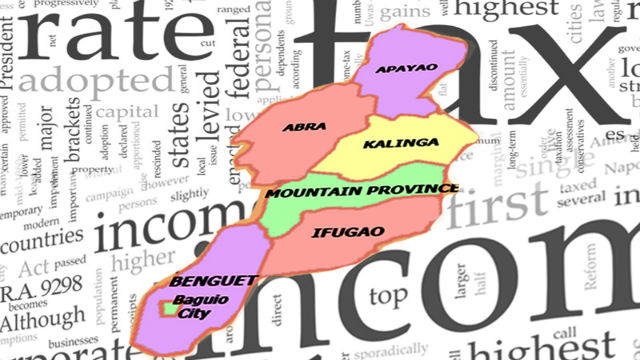TABUK CITY – The National Economic and Development Authority Cordillera held its second consultation for the Eastern Kalinga Growth Center members in a workshop to formulate the development targets of the area. 90 participants attended the event representing the provincial government of Kalinga, local government units of the TTRiP municipalities, Regional Line Agencies (RLAs), members of the academe, and Civil Society Organizations (CSOs).
The participants agreed on the name “TTRiP” (Tabuk, Tanudan, Rizal, and Pinukpuk) as a northern agri-industrial parallel to the southern growth node of the Cordillera, BLISTT (Baguio, La Trinidad, Itogon, Sablan, Tuba, and Tublay) which is the educational, health, transportation, and commercial center. Given the urban potential of Tabuk City and its adjacent municipalities, TTRiP is envisioned as an eco-tourism, agriculture, and industrial center while Tabuk City is the planned regional government center once the Cordillera achieves autonomy.
The participants committed to increase awareness of TTRiP through consultations with the municipal development councils and the conduct of local information campaigns. The draft development vision for TTRiP will be presented to the Kalinga provincial development council and the Office of the Representative of Kalinga. Similar to the BLISTT council, a TTRiP council will be established for better coordination and efficient conveying of goods and services to its surrounding areas.
Members envision TTRiP as a “globally competitive growth area with sustainable agriculture, tourism, and industry inspired by responsive and inclusive governance and for healthy, peaceful, culturally-sensitive and ecologically resilient communities.”
TTRiP is one of two primary growth nodes in the region along with BLISTT as indicated in the Cordillera Regional Development Plan (RDP) 2017-2022. NEDA-CAR and the Regional Development Council aim to foster economic development in other areas of Cordillera and decongest Baguio City by promoting other local growth centers in the region.
By Marlo T. Lubguban













